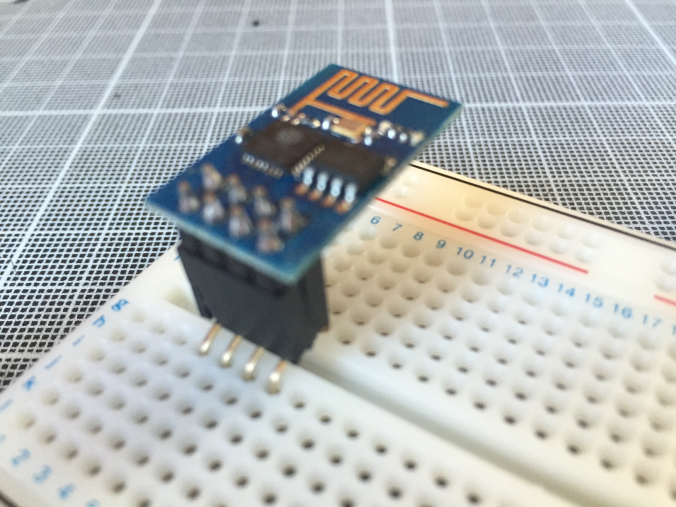
Espressif ESP8266 WiFi chip received a lot of attention lately, both because of its integrated RF front-end requiring no calibration, and also because of its dirt cheap price: you can find WiFi modules featuring this chip, the required Flash SPI, a crystal and a printed PCB antenna for < $3.
Unfortunately, the most common module (named ESP-01, from a family of 12), is not really breadboard friendly: its dual row connector is such that there is no way you can plug it into a standard breadboard directly.
Of course, makers are not really stopped by this kind of details, and it didn’t take long before some among them came with more or less interesting solutions to this problem.
I HAD to propose mine too! So here it is!
As opposed to all adapters I have found so far, mine doesn’t require to make a PCB, only standard easy to find parts and tools are required. It doesn’t take long to build and does not require any special skills either…
What you need:
- a 10-pin long tail header, such that the ones used for Arduino boards
- a cutter knife, if possible with a special cutting surface to avoid damaging your desk 😉
- plyers (not strictly required, but it makes things easier)
- some heavy duty glue
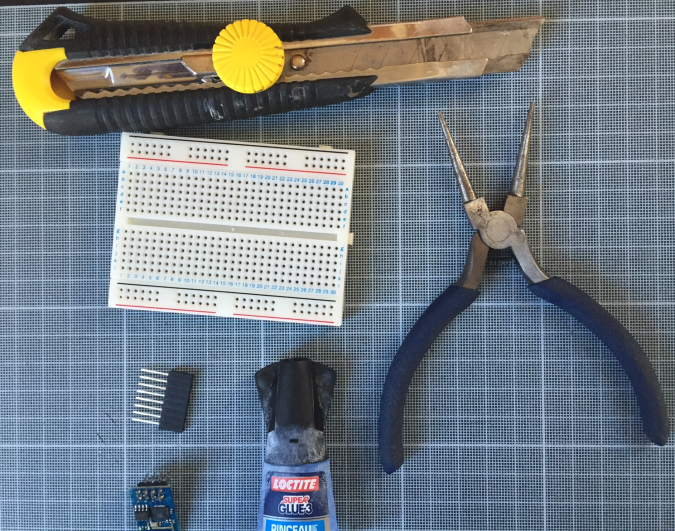
And here is a mini-instructable:
- cut the header in 2 parts, you will probably mess up the central pins, this is why I asked for a 10-pin header, even if we only need 2x 4-pin ones in the end, trim the 2x headers with the cutter knife
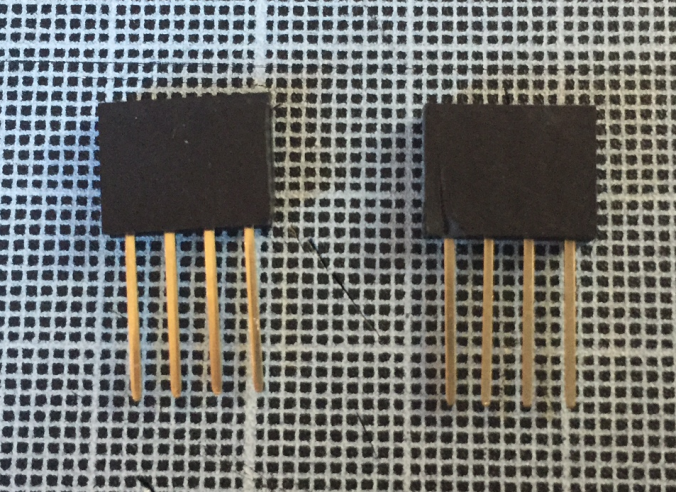
- bend the tails 90°:
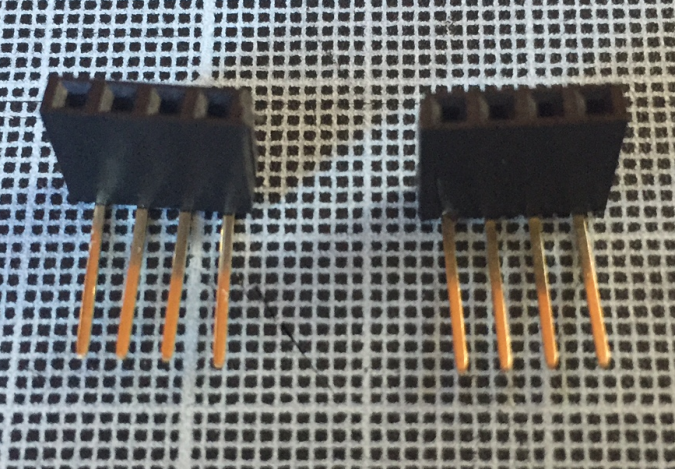
- bend the pins again, in order to get an “S” profile:
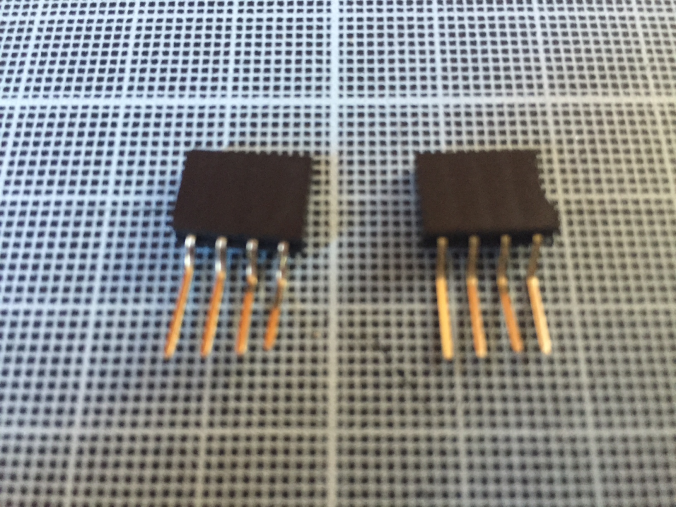
- Glue the 2x headers back-to-back!
It is not the most gracious adapter around, but this adapter is high enough to allow connecting Dupont wires into the breadboard below the ESP-01 board.
One final tip: I recommend adding a 10µF or higher capacitor across GND and VCC in order to absorb the module voltage drops when turning on the WiFi RF, as it draws suddenly a large amount of current. This capacitor will act as a small energy reservoir, preventing the module to reset because its power supply dropped too low for a short period of time.